Atul Singh: Welcome to FO° Talks. With me is Ashank Desai, the founder and chairman of Mastek. Today, we are going to explore the fascinating story of NASSCOM. Ashank, of course, is one of the founders. He’s a legendary entrepreneur in the software space. He’s also a philanthropist who has done a lot to promote public policy in India. Today, our focus is how NASSCOM was born. India’s National Association of Software and Services Companies, NASSCOM, was born in 1988, a little more than 19 months before the Berlin Wall fell on November 9, 1989. Two years later, the Soviet Union would dissolve. In contrast to the Soviet bloc, NASSCOM went on a rocket ride. Over the years, it has gone from strength to strength. And who better than Ashank, one of the founders and past chairman of NASSCOM, to recount the story of this extraordinary Indian success. Welcome, Ashank.
Ashank Desai: Thanks, Atul. It is always great to interact with you, and I appreciate your contribution to this whole area of covering the public policy, covering the politics and economics globally.
Atul Singh: Thank you for your kind words. So let's get started. What was going on in the IT industry before NASSCOM began?
Ashank Desai: Yes, so this is an interesting story of, as you said, almost now, from 1988 till 2025, which is close to 35–37 years. And I always say that I have lived a dream. So it’s a dream that we were going to live, which I was not aware when the dream started. But let me go back to, in fact, late ‘70s, early ‘80s. That’s the era when India was just getting into what I would call as software and IT-related things. For example, Mastek started in 1982. There were a few other companies who started before that. And what really was happening at that time was the whole software development as a separate business was not existing — not only in India. In fact, even in the US, it was a very small business because hardware companies used to give software. In fact, there is some — I don’t remember — IBM case was there when the court ordered them to give a separate code for software versus their hardware, and that’s the way they could create a competition. Others could do software. So that was the era when hardware was the main cost and software was very rich in cost. And because of that, what used to happen was hardware companies were the major players and software companies were very small minnows, if I may call that — ‘70s and ‘80s. On top of it, there was this idea that India has an advantage because of English language, large talent pool, cost of development and a very, very, very focus on improving and excelling in whatever they do. Now, that was a potential, although the image outside of India was not that great at that time, and everybody used to think that India has only elephants and snakes. So that was an era where a few of our entrepreneurs, started these companies for software development, and we were struggling to understand how we go about making this software business global. And we figured out that unless we come together in some form and push this as a group — and also pressurize government to offer us better policy — we will not be able to move it. Now, it was not possible to do it under the umbrella of hardware companies. They had their own association, MAIT, and obviously they were busy in the domestic market, and it was growing. And as I said, software was given almost very low cost by them. Now it is the other way — we can almost give hardware free along with software. So there was no motivation in that group called MAIT. Some of us had become members of that group to push software and software exports in particular.
The founding of NASSCOM
Ashank Desai: So then there was this discontent and an opportunity. And all of us, whether in Mumbai, whether in Bangalore, whether in Delhi, were discussing how we can come together. In fact, there is a story that even in the US, there were groups from India discussing this and so on. So this action at different places got into some kind of mass, if I may call it. And that mass ultimately converged in Delhi, sometime in ‘87, probably sometime around that, to say what we can do together. And that was an inflection point, really, where around 30–40 of us, I think, if I remember right, came together and we said, “We want to split away from this existing association and start our new association.” I still remember the chairman of the other association came and had a great plea for us, that you should remain together and how it is the power of staying together and all that. We heard that, but we felt that their dynamics and their opportunities are different, and we should form a separate association. And that was really a starting point, although, as I said, there were many, many groups in different places talking about what can be done for building the software industry. So that meeting — I still remember very vividly what we were doing and how we were thinking about doing it. After that, when this group formed, there was the idea that we should write a constitution and start naming the association and all that, which is what happened over the next few months. And actually, Mumbai was a center point there. And my friend, Harish Mehta, who was a part of a group called Hinditron at that time, was very dynamic to make this happen. And then we had others who came together, and we sat together and we wrote the constitution. We gave a name, and we thought about the name. We said, “What shall we name it?” So there is, in the software industry, what is called software, which is about building software products like Microsofts and Googles and so on and so forth. And then there is services, because you can’t do software unless you build custom-made software, unless you implement some of the software. So that is services. So we thought about that, and we said, “We should not say just software, but software and services.” So NASSCOM is the National Association of Software and Services Companies. That is NASSCOM.
NASSCOM’s pioneers
Atul Singh: So Harish Mehta played a critical role and it was one of the key drivers of NASSCOM. Who were the other players? Of course, one of them was you. Harish Mehta is another. Who were the others people?
Ashank Desai: Yeah. So we had also Mr. Nandan Nilekani and Mr. Narayans Murthy. Both of them got involved. We had Mr. KV Ramani, who was a CEO of Futuresoft, it was called — his company — and Mr. Saurabh Srivastava, who was working at that time in Tata Unisys, if I am right, the name of the company. So these were five, six people. We were very, very involved, and we worked really hard over the next few years to make it happen. And that is, again, a story by itself, which I can recount as we move ahead. But these were the five, six people, and then there were a few others also, all names may be difficult. But the core group around which we started working was this: Four of us — who were, of course, later felicitated by Prime Minister Modi for being founders — that is Harish Mehta, myself, Mr. KV Ramani and Saurabh Srivastava. But Infosys also had a major role to play, as I said, through Nandan Nilekani and Mr. Narayana Murthy. And I’ll talk about it later.
[Lee Thompson-Kolar edited this piece.]
The views expressed in this article/video are the author’s own and do not necessarily reflect Fair Observer’s editorial policy.





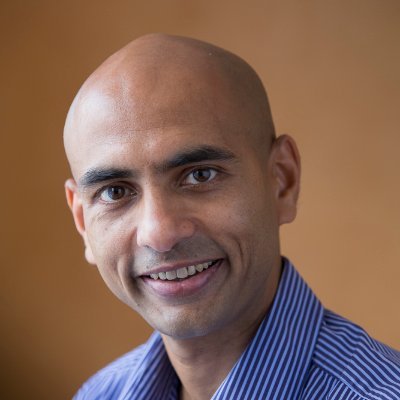


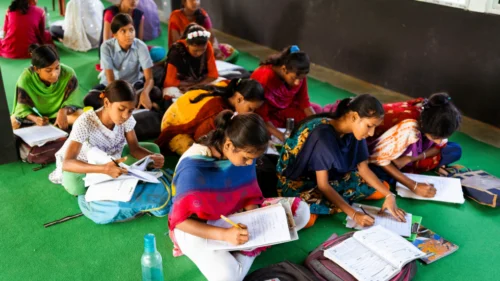










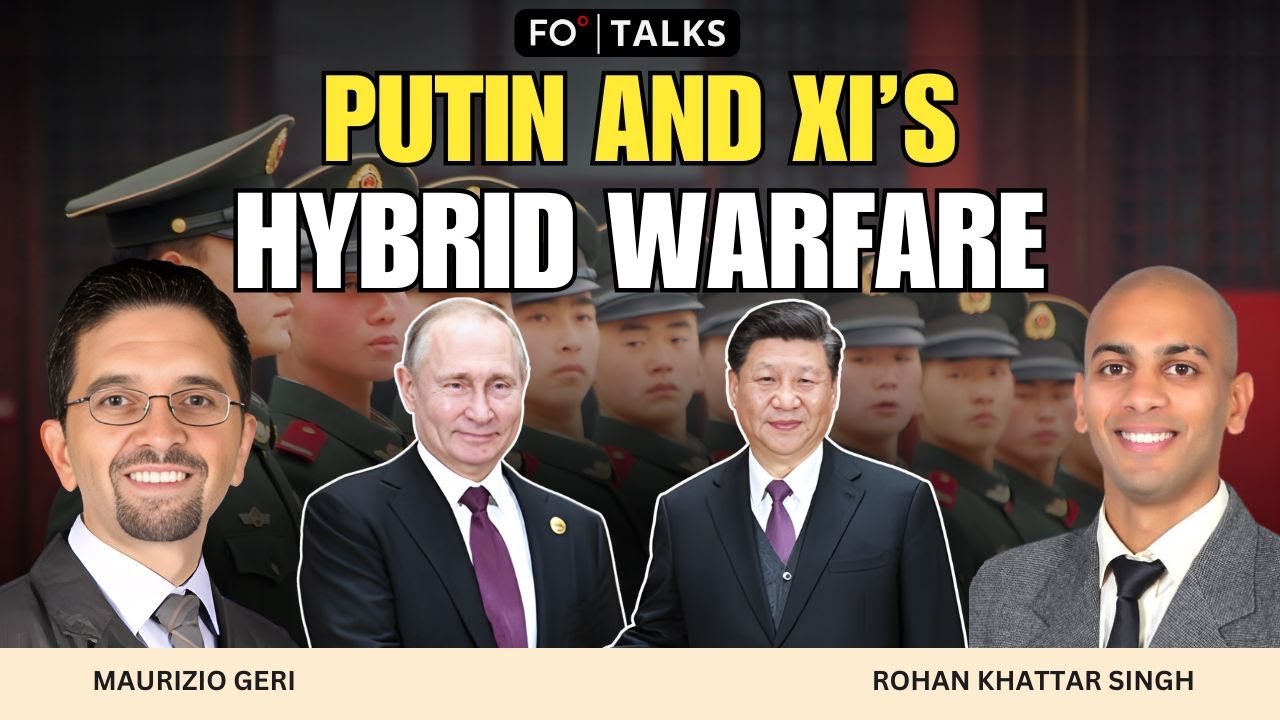











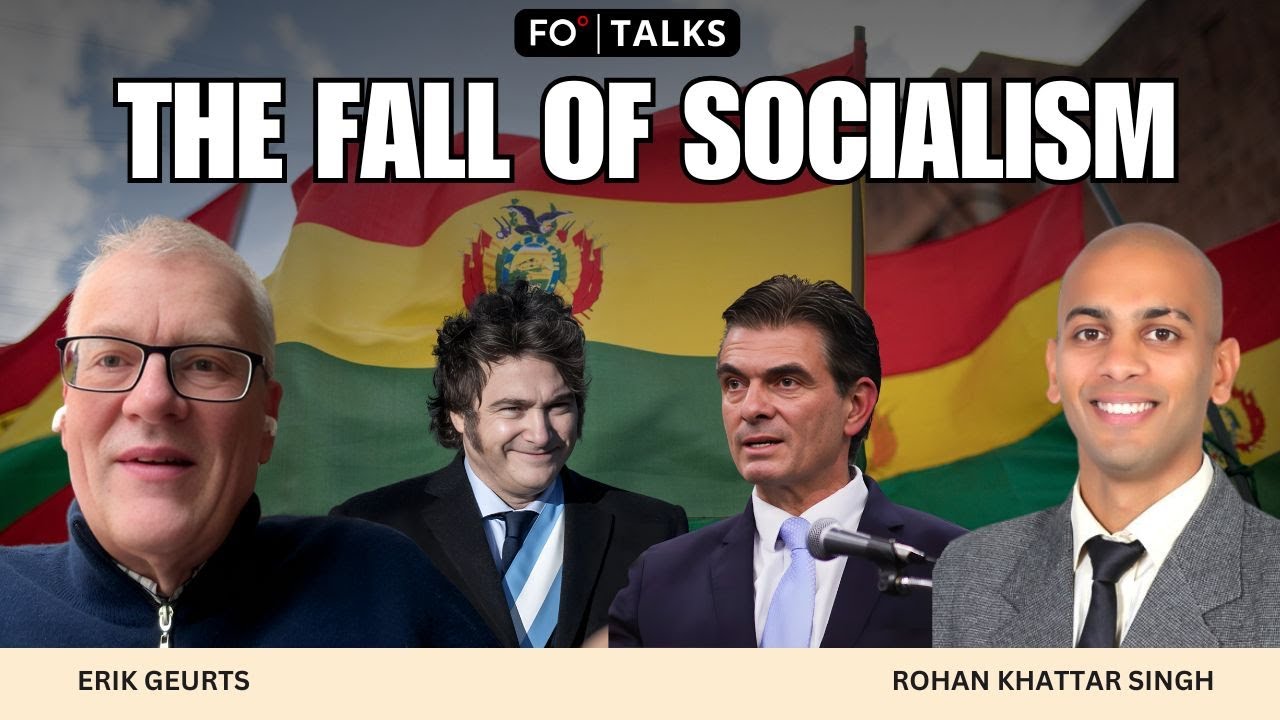


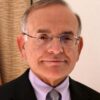




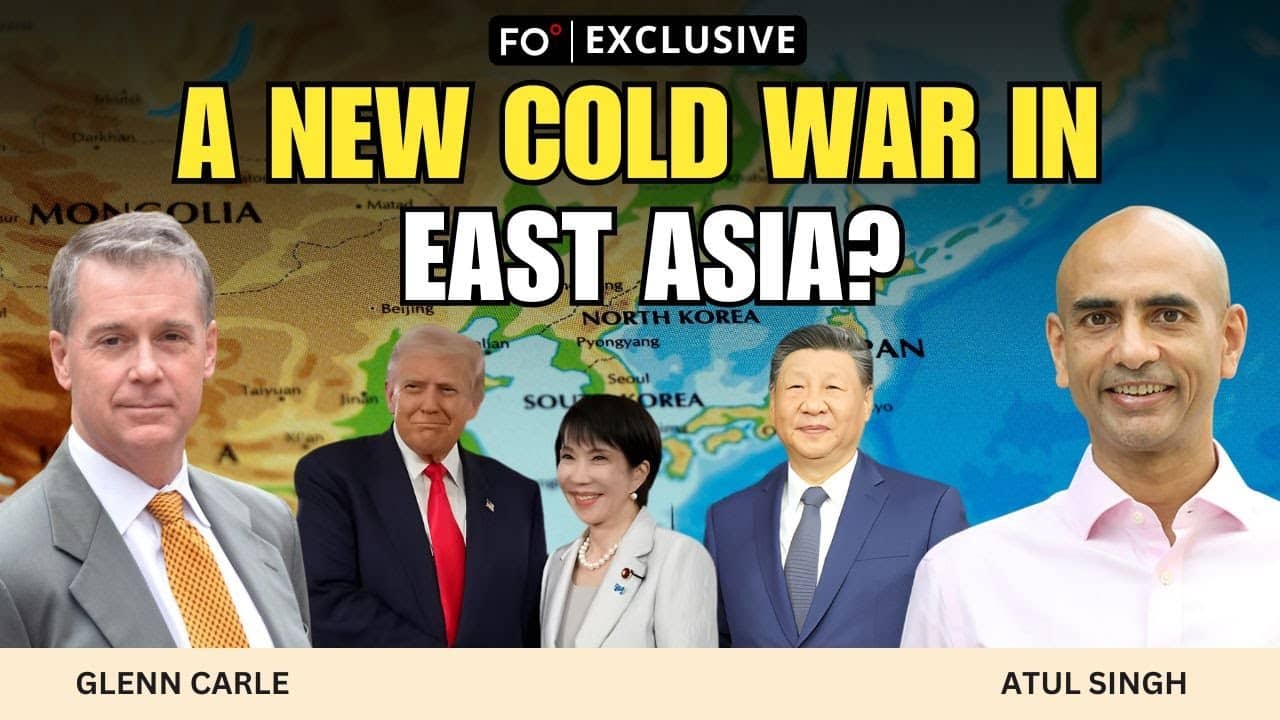





Comment